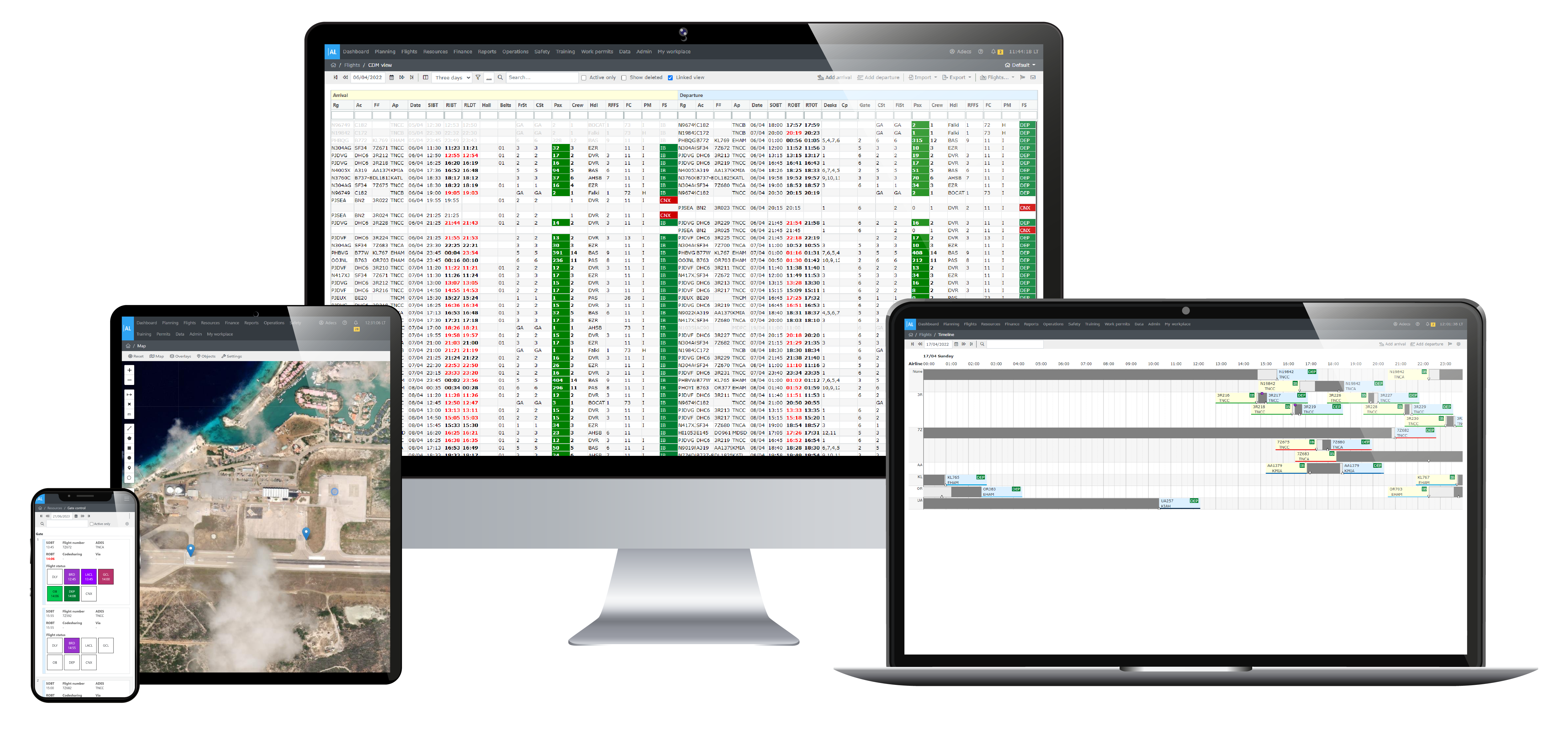The essence of the AirLink Airport Operational Database is to provide common, timely, accurate and reliable information to all airport partners by collaboration and sharing between the partners. Each of the airport partners will experience an improved situational awareness and their processes will become more predictable. This will result in three fundamental operational benefits:
Improved Flexibility
When resources become more flexible it will be easier to deal with irregular events.
Improved Efficiency
When punctuality is improved, resources can be organised better which will lead to an increased efficiency.
Improved Punctuality
As efficiency increases, it frees up wasted capacity that can be used to handle irregular events, leading to better punctuality.
All AirLink modules are seamlessly integrated with the AirLink Core for one complete solution. The AirLink Core provides the foundation of the application, featuring the central repository and specific services such as user management and authentication, system monitoring, configuration management and data management. It also includes an integrated contextual help platform, an advanced message broker, and an automation tool. The automation tool can streamline workflows and reduce workload. One click can trigger multiple processes without further user interaction, boosting overall performance.

AirLink can be integrated with several third-party systems, out-of-the-box. Providing accurate and reliable information on the airfield, in the terminal, and to all connected airport stakeholders.
Additional interfaces are developed on an airport-specific basis.
Generic XML/XLST export interface
The most common way to export data from AirLink is by the use of this interface which leverages on XML and XSLT standards. It allows users to configure file format and export it via different communication techniques such as secured file sharing, email, ftp upload or secured download.


















